The withdrawal agreement guaranteed EU rights for British citizens and UK nationals that were legally resident in Spain before ‘Brexit’, and a special residency card was introduced. The withdrawal agreement TIE,tarjeta de indentidad de extranjero, for resident Brits in July 2020. The ‘Brexit’ foreigner’s ID card recognises the holders pre-Brexit rights and most British citizens and UK nationals who had EU citizen Spanish Residency Certificate, have exchanged their certificate for this.
This retained right to Spanish residency extends to the family members of British nationals who hold residency in Spain under the withdrawal agreement. Family member includes spouse or civil partner, children or dependants of who are part of the household, and under 21 years of age. To qualify, the family connection must have existed before ‘Brexit’ (January 130th 2021), i.e. child born before or marriage before 30th January 2020.
If the family connection came into existence after ‘Brexit‘ then there is a different route that has to be followed known as ‘family reunification’.
The non-EU family member makes their residency application in Spain, and must be legally present when they do so. The non-EU family member does not need to apply for a long term residency visa before they come to Spain. If they are a national of a country who’s citizens enjoy visa free travel as tourists to the Schengen zone, they can travel to Spain under Schengen rules and make their family member residency application whilst they are within their 90 days allowed under Schengen rules.
If the non-EU family member is a national of a country who’s citizens don’t enjoy visa free travel to the Schengen area, then they must first apply for a short stay Schengen visa in their home country. This can be applied for through the Spanish consulate or the consulate of any other EU country in their home country.
Spanish Residency for non-EU Family Members of a British national who is resident in Spain under the withdrawal agreement – Application Process
There are two stages in the application process for Spanish residency for a non-EU family members of an British national who is resident in Spain under the withdrawal agreement. In the first stage an application for residency is presented to the Foreigners Office (extranjeria) in the province where you reside. The second stage is the application for the residency card TIE, tarjeta de identidad de extranjero, which is completed at the National Police Station in the area that you live.
The initial application can be presented in person or by an authorised representative. It can be done face to face at the Foreigners Office, or submitted online.
Once the initial application has been approved, you make an appointment at the Police Station to apply for the TIE ‘tarjeta de identidad de extranjero‘ . Your application and ID is checked, fingerprints recorded, and if all is in order, you will be given confirmation of your processed application and you card will be ready to collect in a few weeks.
Spanish Residency for non-EU Family Members of an British national who is resident in Spain under the withdrawal agreement – Requirements
Aside from being legally present in Spain, the following are required for a non-EU family member Spanish residency application.
- Valid passport or travel document
- Withdrawal Agreement TIE of the resident family member
- A permanent address in Spain and collective townhall registration ‘padron‘ certificate
- Proof of the family connection, e.g. for spouse marriage certificate or birth certificates for children
- Sufficient financial means to support the family in the name of the EU citizen
- Access to state healthcare, or proof of private medical insurance providing cover equal to that provided under the state system
- Evidence of intent to leave home country permanently, e.g. sale of home, de-registration from tax office, ending or employment, removals etc
- Proof that they are living in Spain, e.g. bank card transactions showing day to day expenditure in Spain
- A letter of motivation explaining circumstances and intentions
Financial Means for Spanish Residency for non-EU Family Members of a British national who is resident in Spain under the withdrawal agreement
The amount of income that is required for non-EU family member residency applications is based on the amount that according to law in Spain is considered the minimum amount sufficient to live on. The amount is reviewed annually and may be adjusted in line with the changes in the cost of living. The actual minimum amount required in any case will depend on the make up of the family unit, i.e. more family members equals more required, and if there are adult children this will also increase the amount needed.
The table below provides examples of the amounts required with various family units.
Financial means can be income, savings or a combination of both. Source of income must be evidenced, e.g. work contract and payslips, bank statements must be provided to show income being received or if applicable current savings balances.
Documents that are not in Spanish must be translated into Spanish by a sworn translator, and Government issued documents such as marriage and birth certificates must also be legalised, if they were issued in a country that is not in the EU.
As with many official procedures in Spain the application of rules varies from one area to the next, so in some provinces things may be needed that in others are not. When researching it’s important to be aware of this, especially if your are using social media.
We have many years of experience handling non-EU family member applications throughout Spain and dealing with the various provincial immigration offices, so we have first hand knowledge of what each requires.
If you a non-EU family member of a British national who is resident in Spain under the withdrawal agreement planning to move to Spain feel free to get in touch to get an assessment of your situation and information about our service.


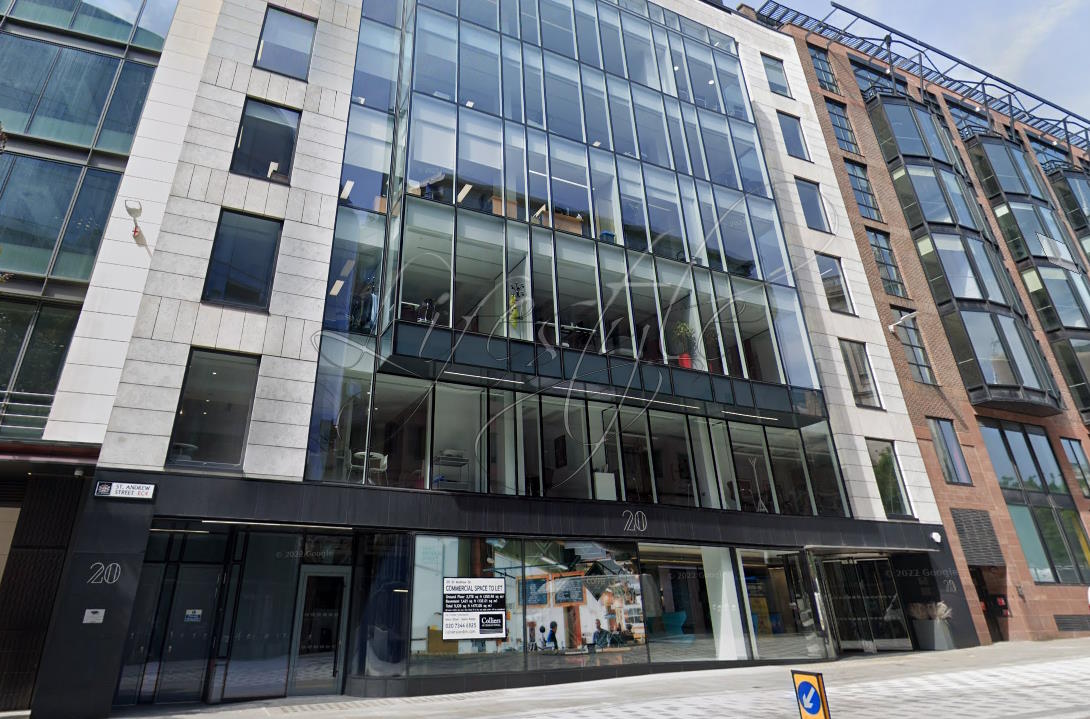
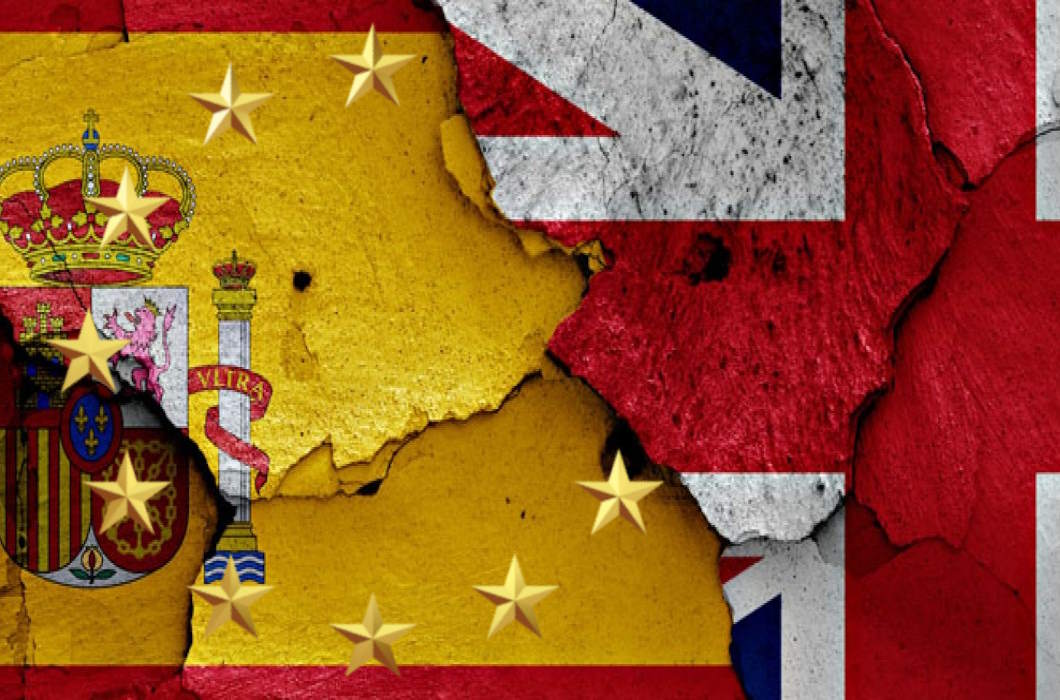
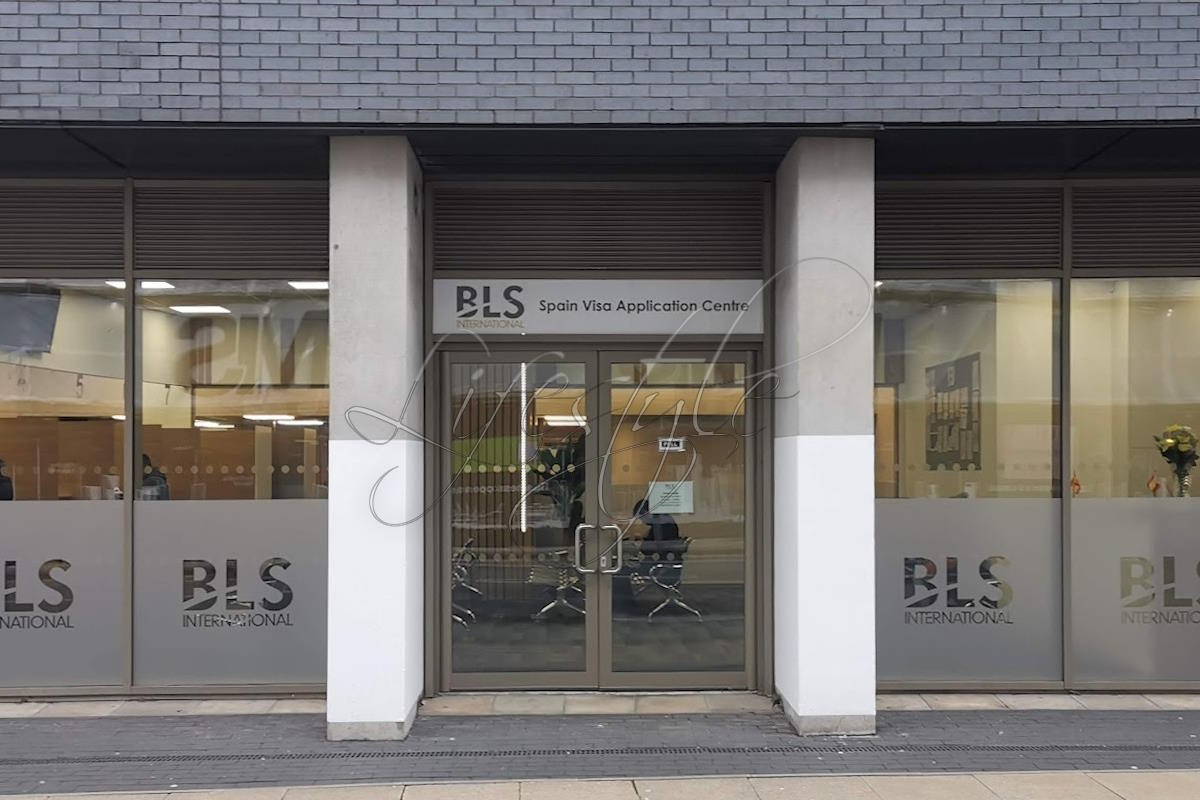
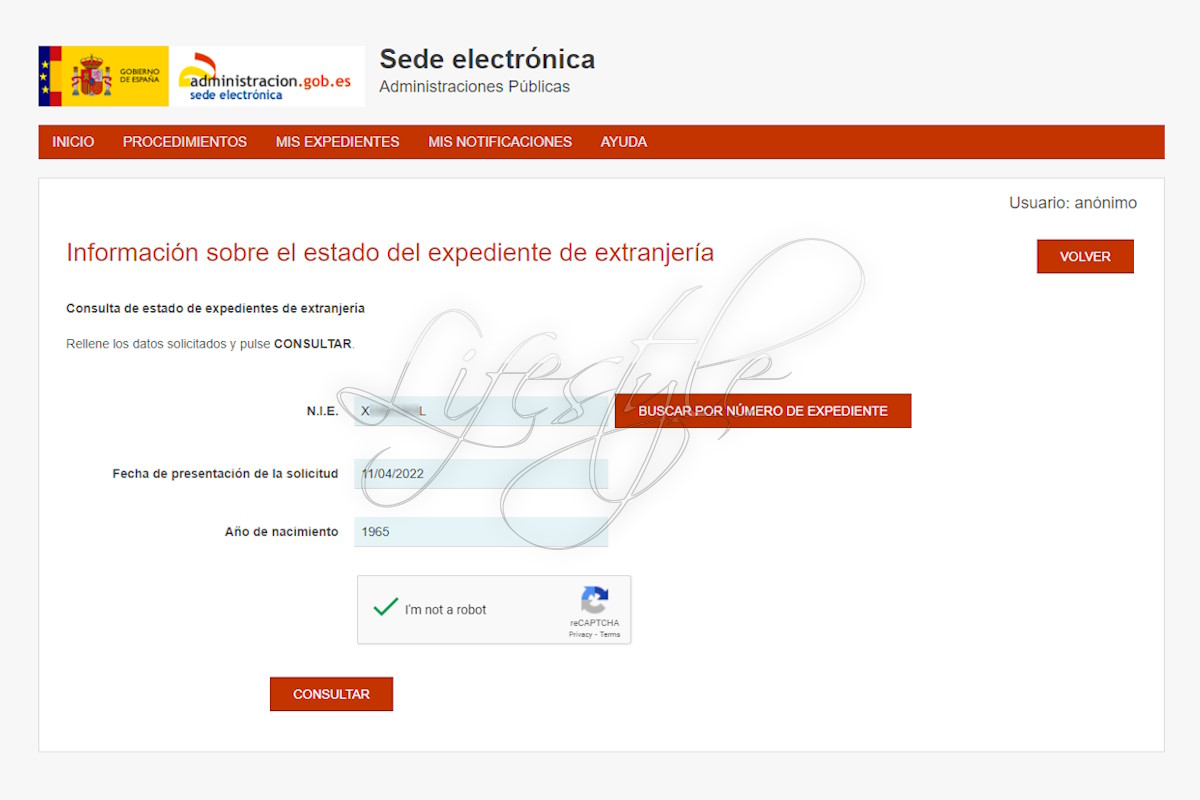
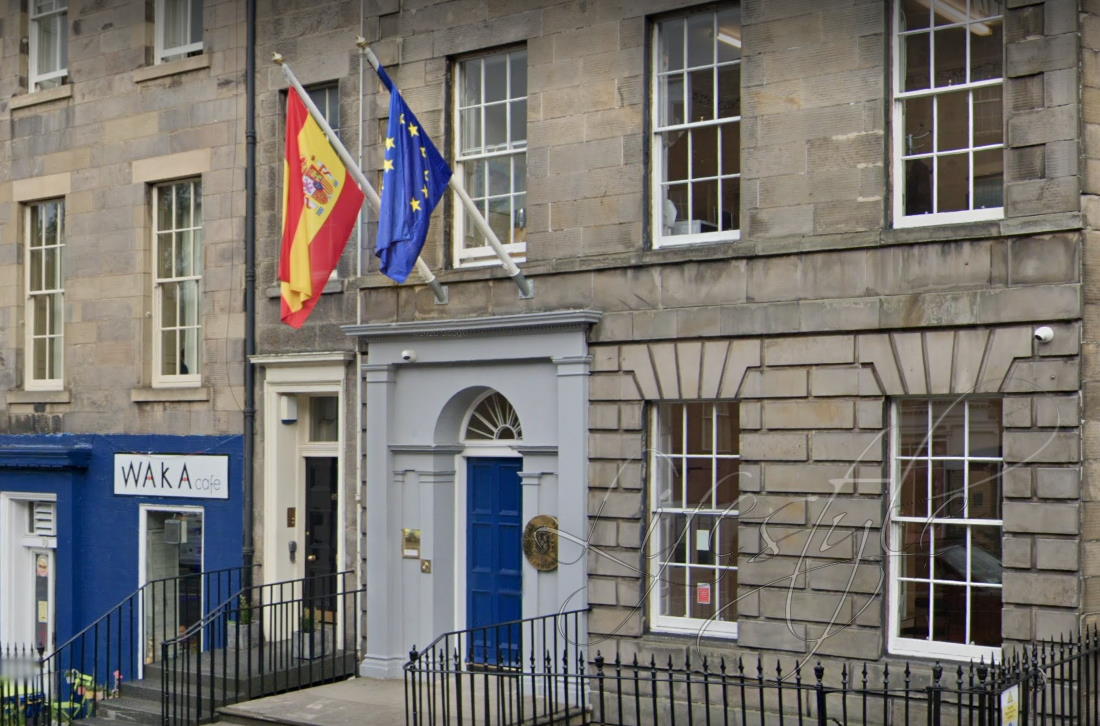
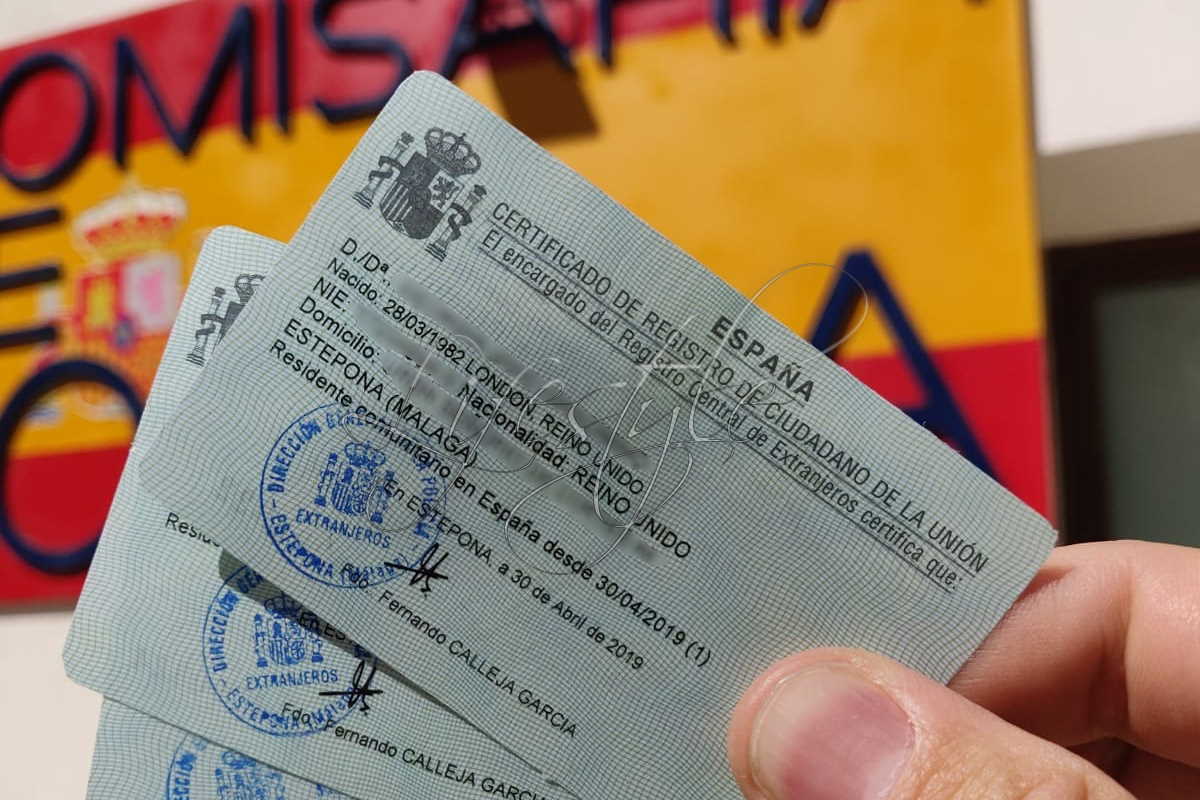
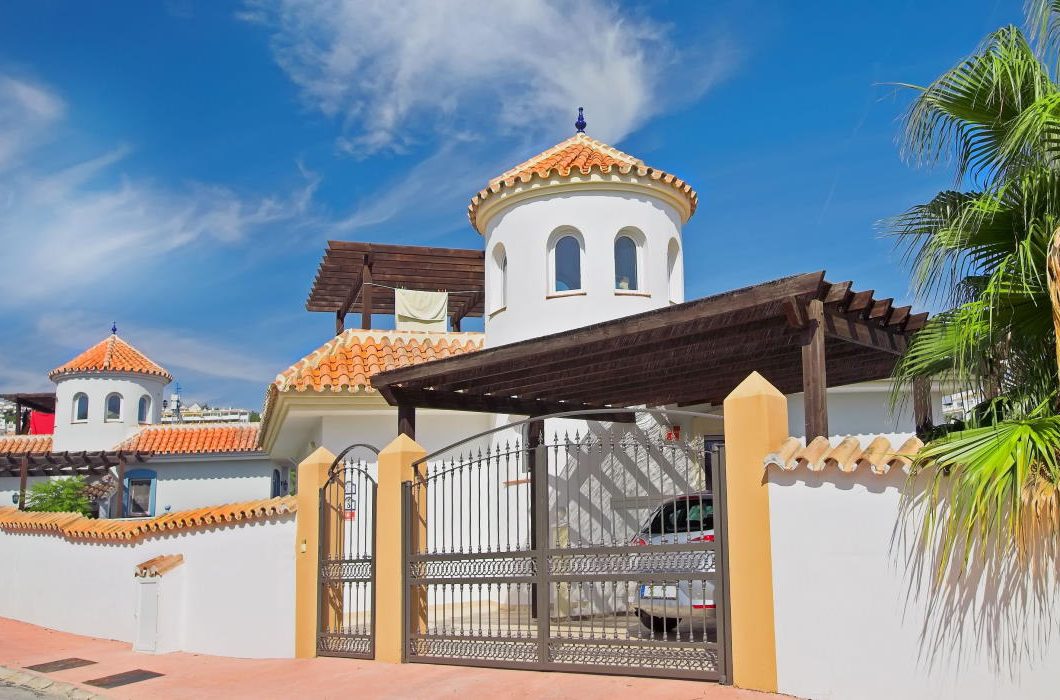
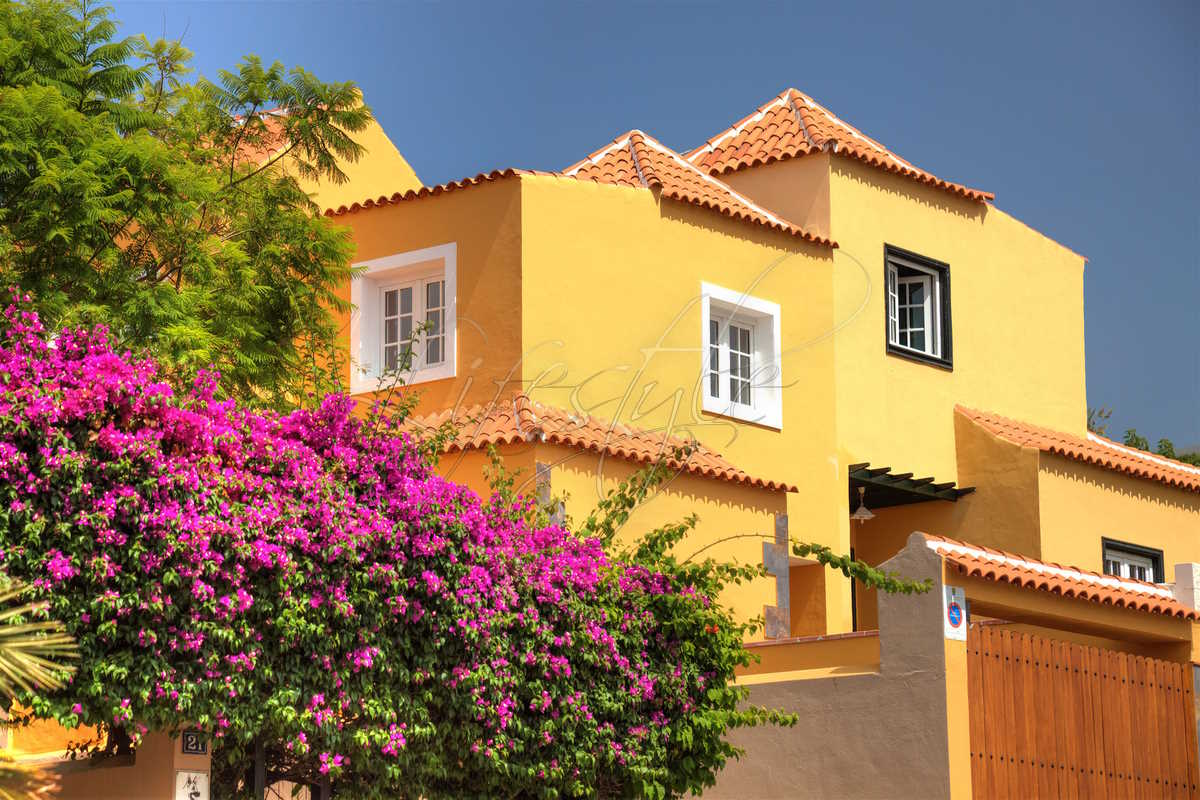
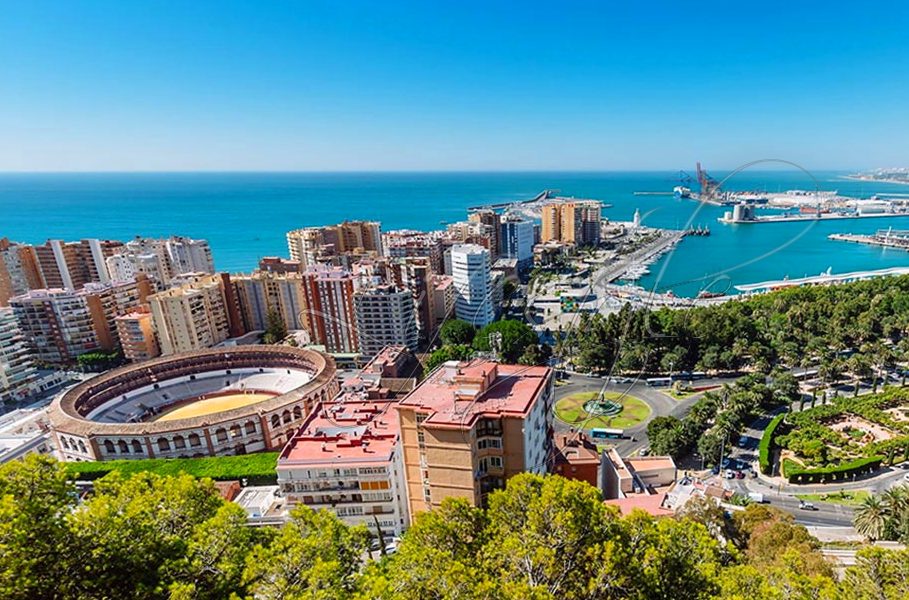
You must be logged in to post a comment.